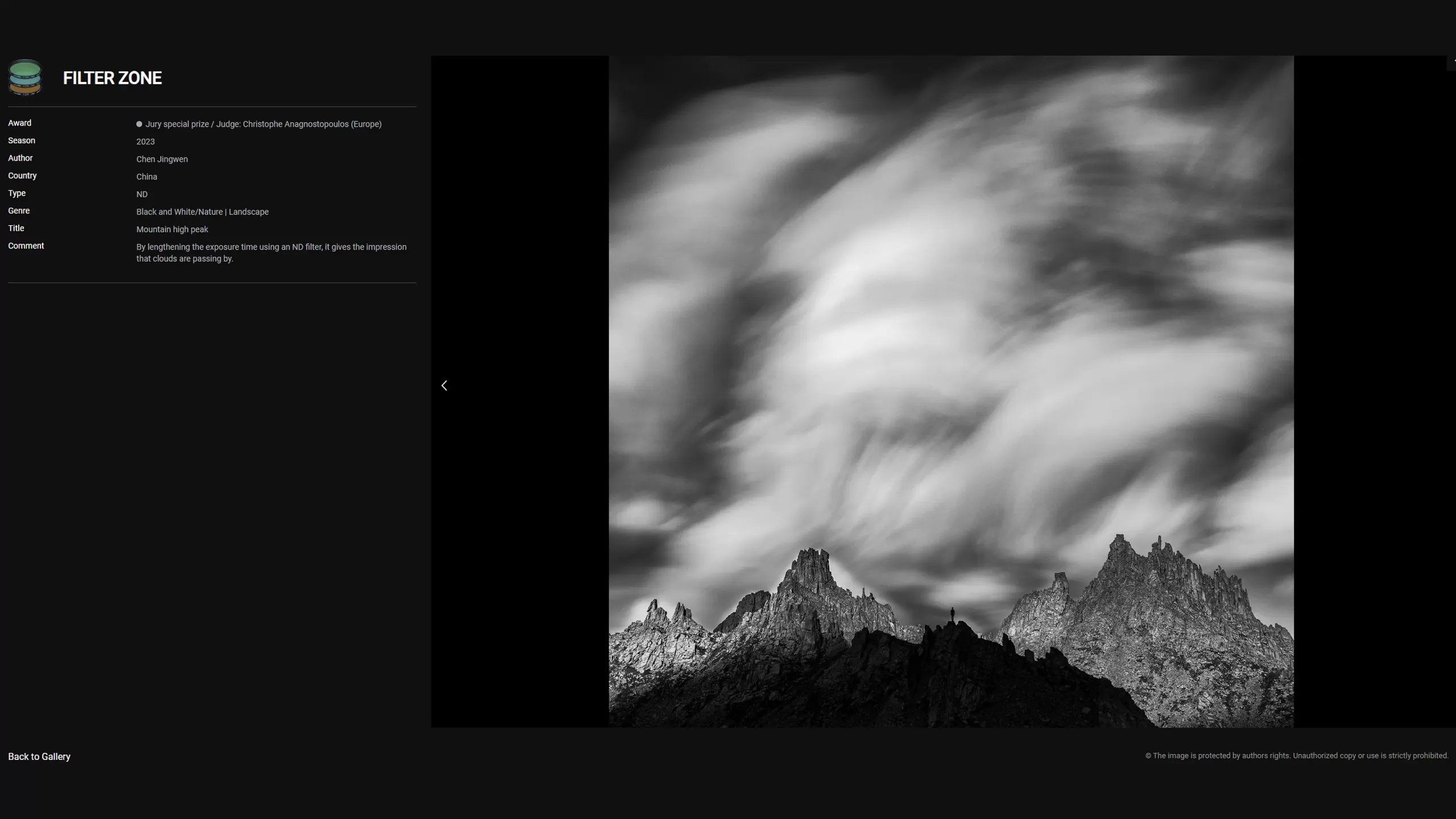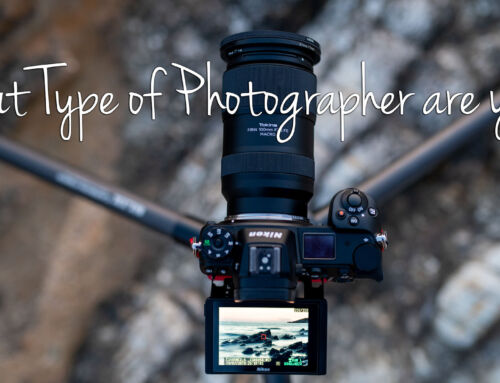2025-02-03 | ***Reading Time: 29 minutes***

For the past four years, I have had the great honor of being a jury member in renowned global photography contests.
It is a great honor and an even greater responsibility for me to review and evaluate thousands of images from talented photographers worldwide.
This experience has given me a deep understanding of what makes a winning image, the importance of storytelling, and how contest guidelines influence the judging process.
Photography contests offer a fantastic opportunity for photographers to gain recognition, push creative boundaries, and refine their craft. However, navigating the competition landscape requires more than just submitting a great photo.
In this article, I’ll share key insights on how contests work, common mistakes to avoid, and strategies to improve your chances of success.
Don’t Just Think of the Technical Side
Don’t Just Think of the Technical Side
Many photographers believe that a technically perfect image, like in example an image with sharp focus, proper exposure and balanced composition will guarantee success. While technical excellence is important, it is only a good starting point. Judges are usually looking for images that go beyond the technical side, photos that tell a compelling story and evoke emotion.
Tip: Focus on the emotional and storytelling aspects of your image just as much as the technical details.
While reviewing thousands of entries, I discovered that most photos look similar. But that is something that happens un real life as well, just spend 2-3 minutes scrolling on Instagram and you will understand what I mean. This happens either because of the current (social media) trends, or simply because a photographer with less experience (or to put it in another perspective, one with few likes..) is trying to replicate the work of more successful photographers, or the work of those that have great amounts of likes, shares, etc.
Well, let me tell you that the photos that usually proceed far in the contest and rise above the rest are the ones that bring a fresh perspective, unique composition, or an unexpected element that grabs attention. Even if they might have some small technical flaws. Keep in mind that judges can easily recognize when an image feels forced or overly influenced by trends. Authenticity and originality make a lasting impact.
Tip: Stay true to your personal style and vision rather than trying to imitate what’s currently popular.
Creativity and Originality Stand Out
Creativity and Originality Stand Out
Storytelling is the Heart of a Winning Image
Storytelling is the Heart of a Winning Image
The best images don’t just showcase technical skill, they also tell a story. A great photo should make the viewer, no matter if it is a jury member or the audience, to feel something, whether it’s joy, curiosity, nostalgia, or even sadness. Judges are drawn to images that create an emotional connection.
Tip: Before capturing an image, ask yourself: What is the story behind this photo? What do I want the viewer to feel?
Always keep in mind that these questions should be asked in all your work and not just for the contest-targeted photos.
While I mentioned before that technical excellence is not enough, but even if your image has a strong concept, poor execution can hold it back. Judges look for images that are sharp and well-exposed (based on the mood of the shot), and of course composed properly.
Post-processing is also something very important to think about, and usually in most contests, editing should simply (and slightly) enhance the image, not overpower it, as this falls into the category of digital art and not photography.
Use your camera properly, and more specifically take advantage of your gear to get the best image quality. Avoid over-cropping as this will reduce the quality of the final photo. Also avoid excessive editing in your images, like in example over-sharpening and over-saturating, because it will backfire and will ruin your chances of success. Ideally try to capture the image you want and you have in your mind directly in-camera.
Tip: Submit your image at the highest resolution your camera has and it is allowed by the contest, and avoid excessive editing that makes it look unnatural. Oh, and always remember to clean your camera sensor from dust, it is such a shame to not proceed to the next stage because you shot at F11 and dust spots can be seen around the frame.
Image Quality Matters
Image Quality Matters
Follow the Contest Guidelines Carefully
Follow the Contest Guidelines Carefully
One of the most frustrating things as a judge is seeing a fantastic image that doesn’t meet the contest’s theme or requirements.
No matter how strong a submission is, how great the photo might be, if it doesn’t align with the contest’s rules, it won’t be considered. Sorry.
Tip: Always, always read and follow the contest guidelines carefully before submitting your work.
As usually all jury members are very experienced photographers and judges, when reviewing thousands of images, they often make an initial judgment within the first seconds after seeing an image. If a photo doesn’t immediately grab their attention, it is unlikely to progress further in the competition.
Tip: Ensure your image has strong visual impact right from the start. Composition, contrast, and subject placement all play a role. The eye of the juror must stay as long is possible in the photo, while exploring every corner of it.
First Impressions Are Crucial
First Impressions Are Crucial
Be (Very) Selective with Your Submissions
Be (Very) Selective with Your Submissions
Submitting multiple good or average photos instead of one strong image can weaken your chances. Quality over quantity is what usually can give better chances of success in photography contests.
Tip: Seek feedback before submitting, and only enter your best work that truly represents your artistic vision.
Beware of Contest Scams
Beware of Contest Scams
Unfortunately, not all contests are legitimate. Some exist solely to exploit photographers for entry fees or claim ownership of submitted work.
Be very careful where you are submitting your work. And most importantly, always read twice the image rights section of the contest terms and conditions.
There are contests that can take your rights from your work, even for commercial purposes.
Tip: Research the contest and its organizers before submitting. Look for contests with a proven track record, transparent rules, and fair judging criteria.
Final Thoughts
Based on my experience judging global photography contests for the last four (4) years, the best images share three key points:
- They tell a story.
- They evoke emotion.
- They offer a fresh perspective.
While technical skills are important, it is the creative vision and emotional impact that truly make an image stand out.
Contests are about more than just winning, they push you to your limits and make you think differently, refine your craft, and grow as a photographer.







Leave A Comment